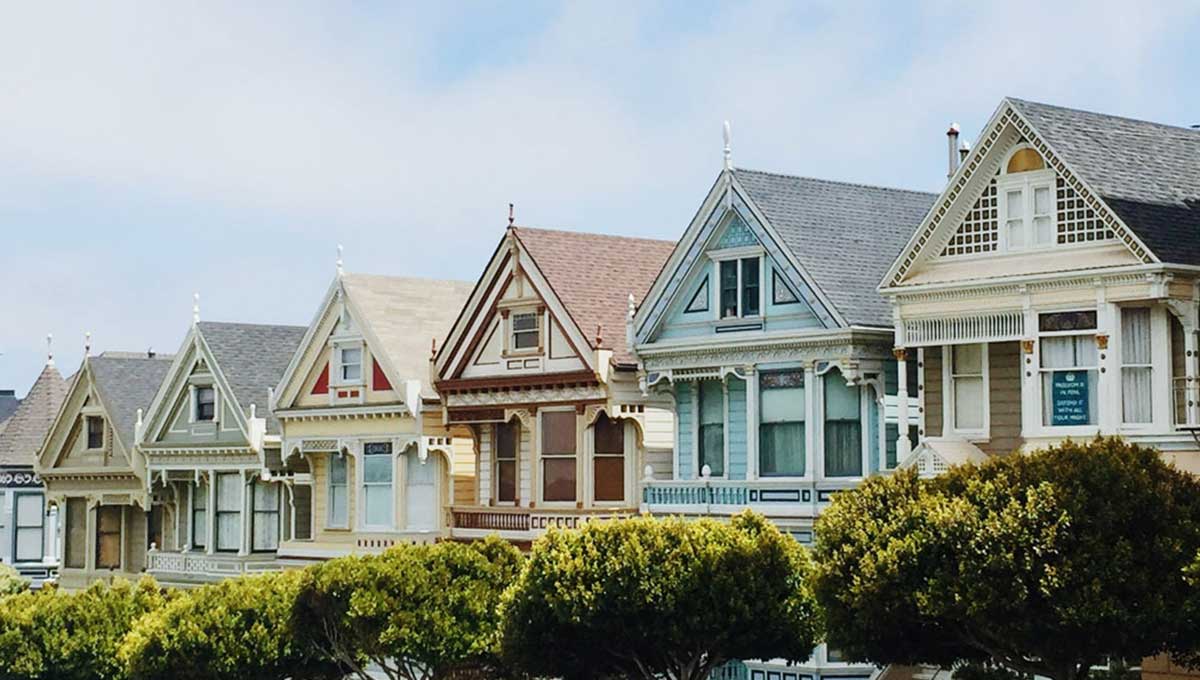Bill Morneau, Canada's Finance Minister, announced a tax reform in late 2016 that would affect any homeowner and taxpayer in the country.
Rather than concentrating its attention on individual buyers, the federal government decided to close existing tax loopholes that specifically affect property investment earnings. The new laws, in particular, tightened and applied the conditions for seeking the capital gains tax exemption on a primary home.
The Canada Revenue Agency (CRA) helps you shield the income gained from the sale of a principal residence. That is why showing your house as a principal residence designation is a major and important financial planning resource.
There are quite a few laws to follow when it comes to naming your principal residence designation. In this detailed guide, we've highlighted all of them.
Principal Residence Designation, What Is It?
According to the CRA, any residential property owned and leased by you or your relatives at any time during the year may be classified as a principal residence. It doesn't matter whether it's a mansion, an apartment, a boat, or a trailer, as long as it's where you, your partner, or your family live for the majority of your time.
The very fact that you own property does not imply that you use it as a primary residence.
To satisfy any of the requirements, the taxpayer must both use and lease or own the home for a minimum period of time.
How Does the CRA Define Principal Residence?
For a residence to be your principal residence for a given year, you must designate it as such for that year. You must not have designated any other property as such for that year.
Furthermore, you cannot designate any other property as the principal residence for any member of your family who lives in the same house. In addition to yourself, the following exceptions apply:
- If you and your wife lived separately for part of the year and were legally separated
- Your children (except for those who marry or turn 18 during the year)
- You are single
Apart from the above, the exemption rules do provide for the possibility of having two residences in the same year. That is, where you sell one home, and you buy another during the same calendar year.
Defining the Rules of a Principal Residence
However, to qualify for the principal residence exemption from tax, a home must also meet a few other CRA requirements.
One Per Family
Just one property may be designated by a family unit for its primary residence each year. A family unit consists of you, your partner, and any minor children. Of course, it could include anyone else who lives on your property, such as your parents, etc.
Must Live in the Home
There is no minimum time of ownership or occupancy required for the property to count as the principal residence for tax purposes. According to the CRA, a house qualifies as a principal residence if you and your relatives "ordinarily occupied" it during the calendar year.
Bear in mind, however, that the CRA will consider all facts. Included is the amount of time spent in the household and primary sources of revenue.
You Have One Choice
You may claim as your principal residence any property that you own and “ordinarily live in.” As a result, you have the option of establishing a primary residence in a seasonal residence, such as a vacation property. Bear in mind that you need to fulfill the occupancy criterion for each year of designation.
To add to the confusion but greatly benefit your tax situation, you will have a freebie year in the pro-ration equation when calculating the duration of your exemption.
For households with several properties, it's prudent to consult a tax expert. The tax expert will assist you in determining whether and how to classify each property as your principal home. A tax professional can assist you in maximizing the deduction and minimizing the tax due on each house.
You Cannot Make Money From Your Designated Primary Residence
Is the property profitable? If this is the case, you will be unable to exclude the benefit from capital gains tax. According to the CRA's laws, a property cannot be called a primary residence if the property's primary purpose is to generate revenue.
For example, If you buy a block of houses and live in one while renting out the others, you cannot use the principal residence exemption to shelter capital gains on that home.
There Is a Cap on the Size of Land
The property on which your primary residence is located cannot exceed half a hectare (or 1.2 acres).
Let's say you purchased a 20-acre property and stayed in the farmhouse. You are not expected to pay tax on the increased value of the farmhouse or the 1.2 acres of land, as these are exempt. However, you will be required to pay capital gains tax on the 18.8 acres that have increased in value.
The CRA recently declared that you could qualify for a tax exemption on plots of property larger than 1.2 acres. You would, however, need to demonstrate to them that the additional land was necessary for the property's use and enjoyment.
Principal Residence Out of Canada
Some of you are lucky enough to own property outside of Canada. If you do, you can claim one of them as your primary residence.
Can I Add a Child to the Principal Residence?
One must exercise extreme caution when adding an adult child or someone other than a partner as a joint owner. That is because there are some significant possible drawbacks.
To begin, the child would almost always be ineligible to claim the house as their primary residence. As a result, there could be income tax implications. When a child is identified as a joint shareholder, he or she becomes legally responsible for capital gains tax on the sale of the house.
A principal residence is one of the few properties that qualify for special income tax status, so you want to avoid losing this advantage.
Furthermore, if you add a child as a co-owner, should you pass away, other beneficiaries in your estate may not receive any benefit from the sale of the property.
How Do I Report the Sale of My Principal Residence?
If you recently sold your primary home, you are required to record the transaction on your income tax and benefit returns. This provision means that the principal residence exclusion is available only to those who qualify. This is part of the CRA's campaign to safeguard the Canadian tax system's equality and credibility.
If you fail to record the sale of your principal residence or do not make the designation, you must contact the CRA as soon as possible to update the income tax and benefit return for the relevant tax year. In certain cases, the CRA may approve a late designation, but you may be imposed a penalty.
Completing A Schedule 3
As of 2016, the Canada Revenue Agency began asking homeowners to disclose the sale of their properties while filing their returns. If you fail to report the sale of your main residence on your tax return and the CRA finds this, they have the authority to deny you the Principal Residence Exemption. That will mean that you will be required to pay capital gains tax for the increase in the value of your home above the price at which it was initially purchased.
If you sell your home during the year, you must complete Form T2091 and Schedule 3 and provide them with your income tax return. If you purchased your home for $350,000 and sold it for $450,000, for example, completing these forms eliminates the need to pay tax from the $100,000 profit on the sale of your property.
If more than one person owns the house, you must all fill out these forms before filing your taxes.
Is There a Penalty for Not Reporting?
If you do not provide these forms and CRA notices, the Principal Residence Exemption could be revoked. That would mean you would have to pay capital gains tax on the profit of the sale.
If you really did not realize you had to, they could be forgiving, but it would be at their discretion because even so, they would still owe you a hefty penalty.
Do It Right the First Time Around
Always register your principal residence designation with the CRA. You're not only following the rules, but any benefit you make from selling your house is tax-free. As a result, it's an important part of your financial strategy.
We hope we have clarified what you have to report to the CRA when you file your tax return. To apply for the principal residence exemption, you must record specific facts on the income tax and benefit return. Such things as the date of purchase, the date of sale, the proceeds of disposition, and a summary of the property.
Understanding the CRA's principle residential designation is crucial. Check out our other blog posts at Insurdinary and learn more on how to handle your financial and tax affairs.



